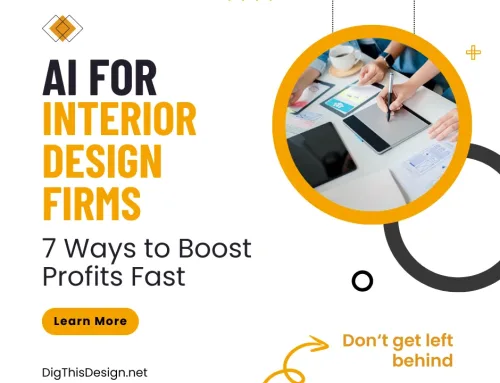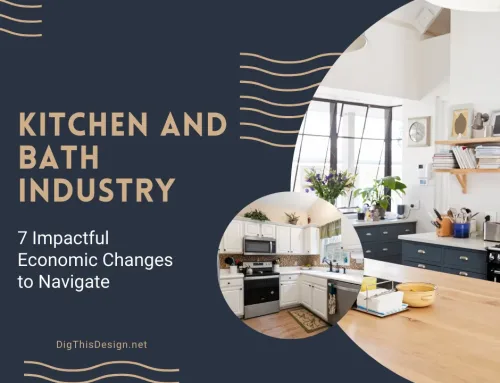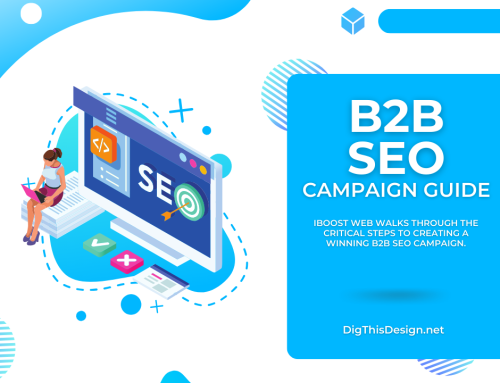Creating a tangible business is a strategy. We’re Geoff Abraham and Dane Hurtubise, the driving forces behind Spoken. What started as a curious observation about price disparities in furniture across different retailers eventually morphed into an innovative platform that illuminates the truth behind white-labeled products. Our journey, reminiscent of Paul Graham’s ‘Startups in 13 Sentences’, has been a rollercoaster ride of thrilling highs, humbling lows, invaluable insights, and countless cups of late-night coffee. Let’s delve deeper into our story and share some of our hard-learned lessons as we talk about turning a startup into a tangible business.
How to Turn a Vision into a Tangible Business

Inspired by Paul Graham’s wisdom, we approached our vision for Spoken like explorers venturing into an idea maze to help you create a tangible business. We mapped out our journey but knew we’d need to adapt along the way.
- Sketching the maze: We began by defining our problem – inconsistent furniture prices. Then, we envisioned a solution – a platform that revealed the truth about white labeling. This marked the start of our maze.
- Building a robust team: Dane, a data enthusiast, focused on gathering insights and analyzing market trends. Geoff, with a background in marketing, concentrated on communication strategies and investor relations. Our unique skills were complementary, providing the foundation of our startup team structure.
- Pioneering with adaptability: Our maze took unexpected turns. Early user feedback, for instance, revealed our customers also wanted insights into other products beyond furniture. So we adapted, broadening our scope to serve our users better.
- Fueling the journey with faith: Like Graham advised, we held fast to our ‘unreasonable self-belief’. Skepticism was rife, with critics doubting the appeal of our platform. But we remained steadfast, powered by the certainty that we were onto something special for creating a tangible business.
Securing Startup Capital: Learning the Art of Funding
Funding is the lifeblood of startups. Paul Graham likened it to planting a tree – a process that requires patience, care, and the right strategies for building a tangible business. Here’s how we navigated the funding landscape:
- Embracing the bootstrap life: The early days saw us dipping into our savings and working out of our homes. Our budget was tight, but it cultivated creativity and resourcefulness, encouraging lean operations which is critical in developing a tangible business plan.
- Venturing into angel territory: As Spoken gained traction, we realized the need for additional funding. We turned to angel investors, delivering passionate pitches about our vision and the value of our platform.
- The venture capital gamble: Our first encounter with a VC firm felt like stepping into the lion’s den. We fine-tuned our pitch, showcasing Spoken’s unique value proposition and laying out our future growth plans. It was nerve-wracking, but our perseverance paid off when we secured our first round of venture capital funding.
- Facing the funding rejections: We won’t sugarcoat it; rejection stung. But every ‘no’ was a lesson, helping us refine our pitch, improve our strategies, and, as Graham emphasizes, strengthen our resolve for a tangible business.
Embracing the Power of Market Research
As Graham wisely puts it, “Make something people want.” We aimed to ensure that Spoken wasn’t just a neat idea, but a platform that genuinely resonated with users. Here’s how we embraced the power of market research:
- Listening to our users: We established channels for users to voice their experiences and concerns. The feedback was a goldmine of insights, highlighting areas for improvement, and revealing features that users loved.
- Riding the market waves: When the pandemic hit, we noticed an increase in users looking for affordable, high-quality home office equipment. Our quick response to this trend helped us serve our users better and stay ahead of our competition.
- Iterating fearlessly: Based on our research, we weren’t afraid to make changes, even significant ones. When users wanted insights into a broader range of products, we expanded our services beyond furniture making a more sustainable tangible business.
- Delivering value consistently: No matter the changes we made, our focus remained on providing value to our users. This commitment ensured that Spoken always stayed relevant and beneficial to our users.
Turn Your Vision into a Tangible Business
In the vein of Paul Graham’s wisdom, we believe that building a startup is a journey, not a sprint. It requires a clear vision, unwavering belief, adaptability, a touch of serendipity, and, most importantly, an ability to deliver something people want. As we continue to navigate the labyrinth of entrepreneurship, we hope that our story can provide some guidance to fellow travelers setting out on their own unique paths.
Other posts you might enjoy:
Starting Your Own Interior Design Business? Tips for Creating Your Portfolio
How to Run a Small Construction Business Professionally: 7 Key Tips





